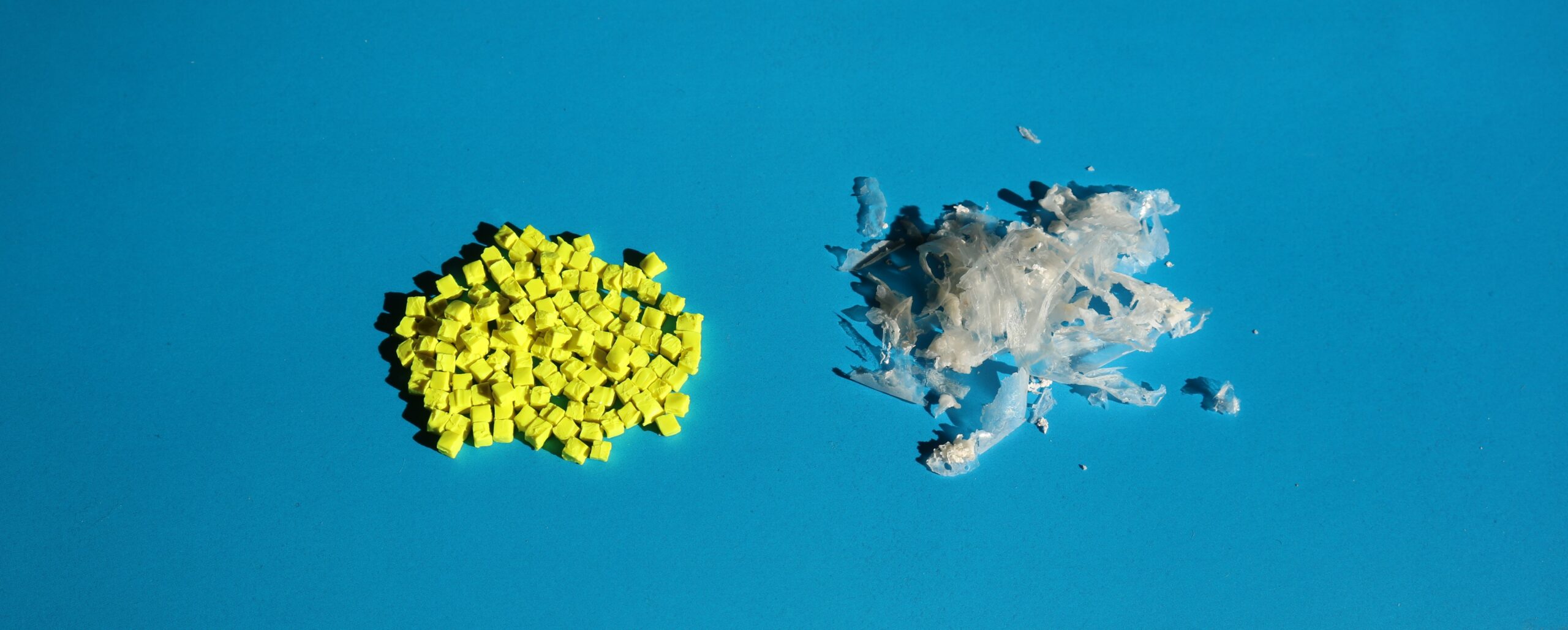Wastewater sludge: an innovative solution
Managers and producers of wastewater sludge of agroindustrial, industrial and civil origin are the main recipients of the technological solution devised by B-Plas: an innovative system that includes thermal, biological and chemical processes aimed at achieving the reduction of the volume of sludge to be disposed of and the valorization of organic carbon into a new raw material.
The B-Plas process can be implemented in the four variants:
- B-Sludge (sludge module), for those who want to limit themselves to the volumetric reduction of sludge for disposal. Due to its versatility, it is designed to accept in input either diluted sludge, concentrated sludge or dewatered sludge, in an operating range of Total Suspended Solids from 1% to 30% or more.
- B-Energy (sludge module + biogas), for those aiming at the valorization of water enriched in soluble CODs into biogas. It allows the volumetric reduction of sludge for disposal (B-Sludge) to be combined with the transformation of soluble organic carbon into biogas.
- B-Poly (complete plant), for those who aspire to circular management of the entire stream, with upcycling of a waste to a product. It enables the transformation of soluble organic carbon into volatile fatty acids and subsequently into a PHA (polyhydroxyalkanoate)-rich biomass, in an overall virtuous process with respect to the European waste hierarchy.
- B-Fosfor (phosphorus module), for those who want to reduce phosphorus in wastewater intended for disposal. It allows phosphorus to be recovered as a nutrient to be restored in agricultural or industrial areas.
All variants are modular, integrable at any time, and fully customized to the sludge characteristics to be treated.
We identify the single or combined strategy that is most beneficial in terms of environmental, energy and economic sustainability.
Sludge treatment
HTC (Hydrothermal Carbonization)
The sludge is heated at high temperature in a continuous, modular reactor for the triple purpose of solubilizing the spent organic matter making it bioavailable again, eliminating pathogens, and facilitating dehydration of the residual S/L suspension.
AD (Anaerobic Digestion)
Solubilized organic carbon is converted to volatile fatty acids (VFA) by anaerobic bacteria under thermophilic conditions.
Filter press
The sludge thus treated is sent to the filter press for solid-liquid separation, which at this point is done with great efficiency, without the use of polyelectrolytes. The dewatered residue (cake) retains its legal classification, while the VFA-rich liquid is started for aerobic fermentation.
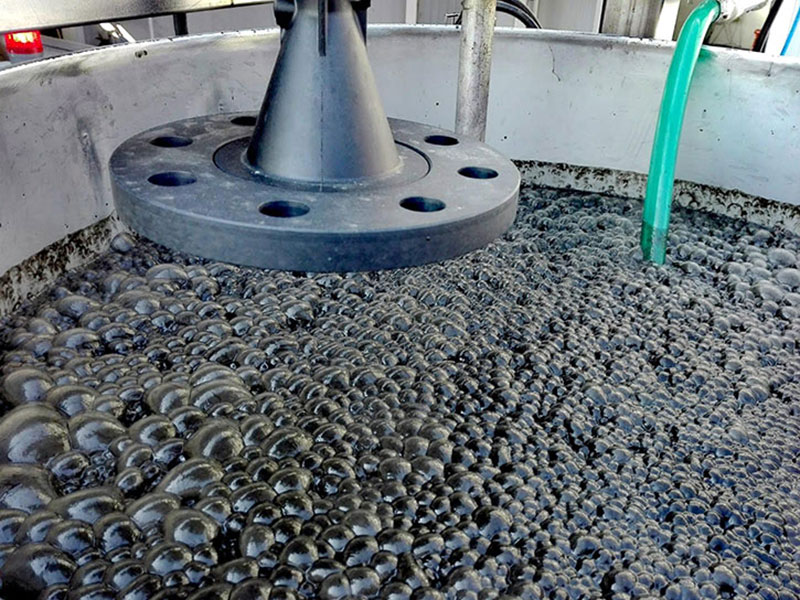
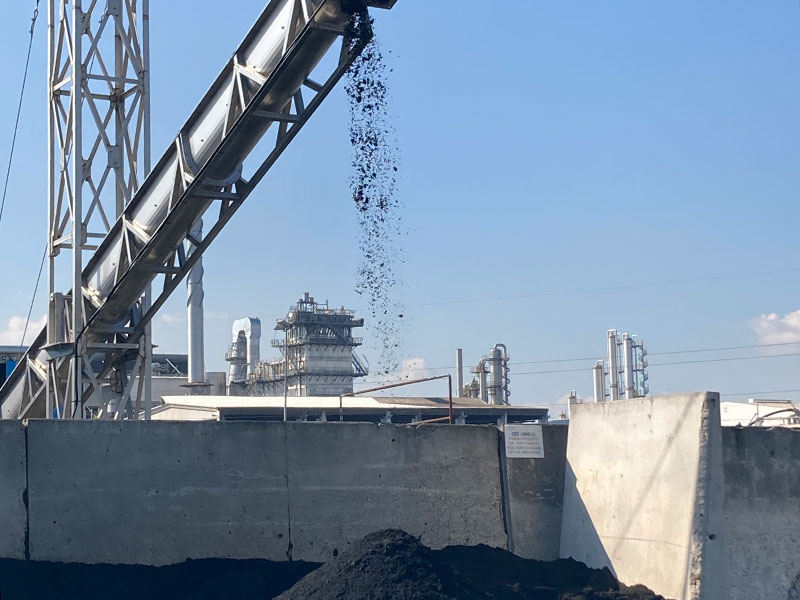
PHA generation
Aerobic fermentation
The mixed microbial culture (MMC) converts VFAs into a PHA (polyhydroxyalkanoate)-rich biomass in a nonsterile environment that is therefore perfectly suited for integration into a conventional sewage treatment context. Due to the timely control of fermentation environments, MMCs follow a self-selection process that favors PHA-accumulating bacteria ensuring ecosystem stability.
RANOX®
Accumulation bioreactor, in which the conversion of VFAs to PHA under “abundant” conditions takes place, and from which biomass to be sent for PHA extraction is taken continuously.
RAE®
Growth bioreactor, in which bacterial reproduction and selection takes place under “abundance” and “famine” (feast&famine) conditions, receiving a stream from RANOX® rich in biomass and VFA.
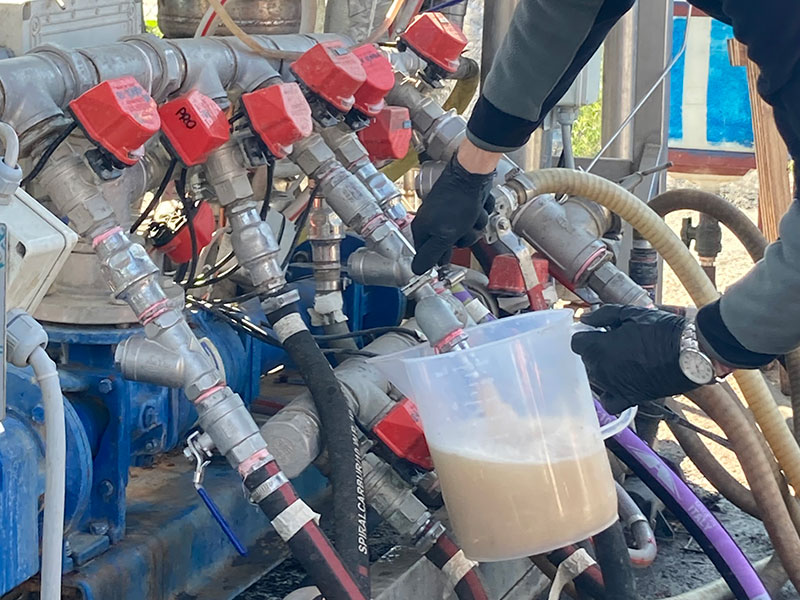
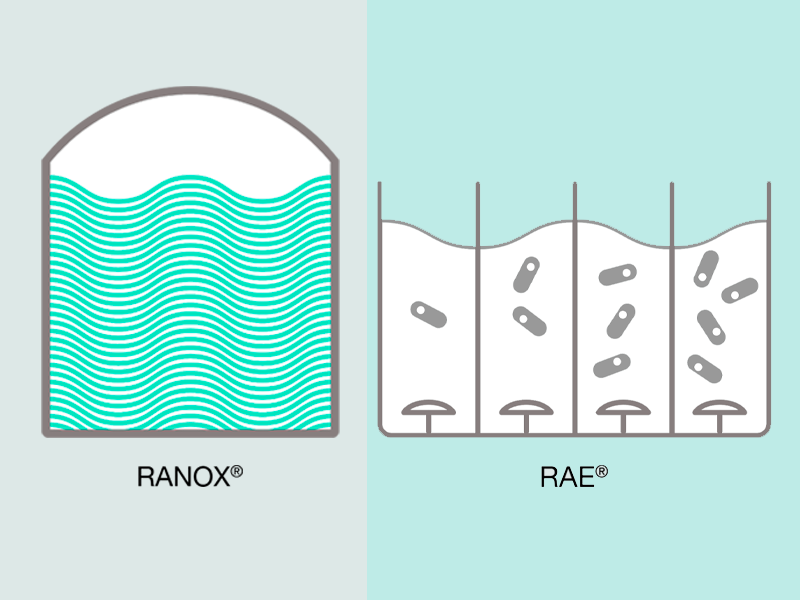
PHA extraction
Through the use of DMC (dimethyl carbonate), a nontoxic green solvent with ideal chemical and physical properties, PHA is extracted from the biomass of aerobic bacteria taken from RANOX®. The PHA is separated from the solvent, dried and purified. The solvent is in turn distilled and recirculated at the head of the extraction process.
